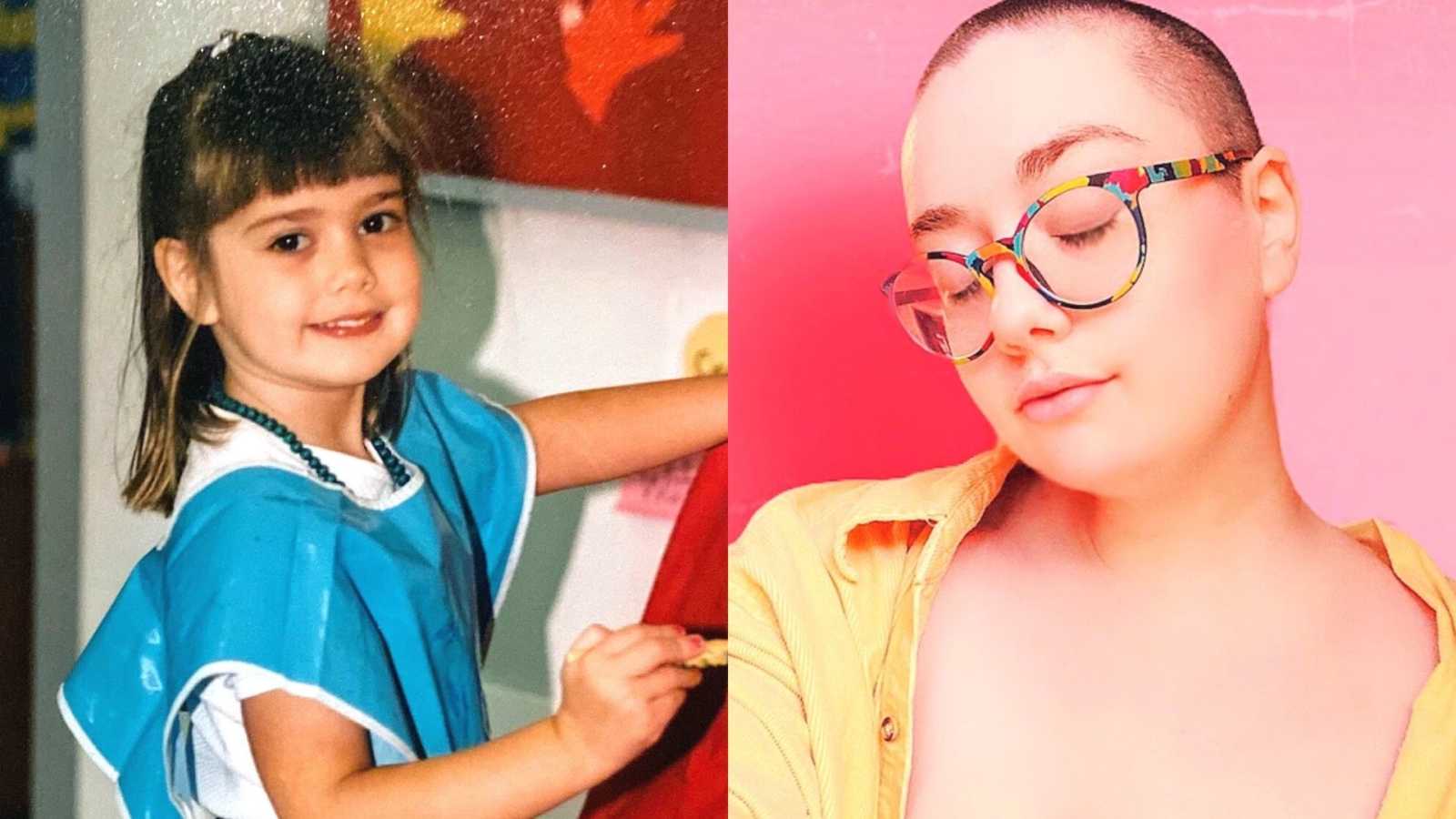“I grew up in a rural city with a population of 693 people, and I felt certain I was the only queer one there. The worst part was I didn’t really know what being queer meant or how queer I even was. I just knew I was ‘different’ than other people. I swore to myself after I left for college I’d never live in a small town again—and there just wasn’t enough space in such a small town for someone like ‘me.’ (I was still not even sure what this meant yet.) If you could have shown me then what my life would look like now, I wouldn’t have believed it. I never would have thought I’d settle down 30 minutes from the house I grew up in. I never thought I’d find a partner to share this crazy ride called life with, who was not only a lover but my very best friend and soulmate.
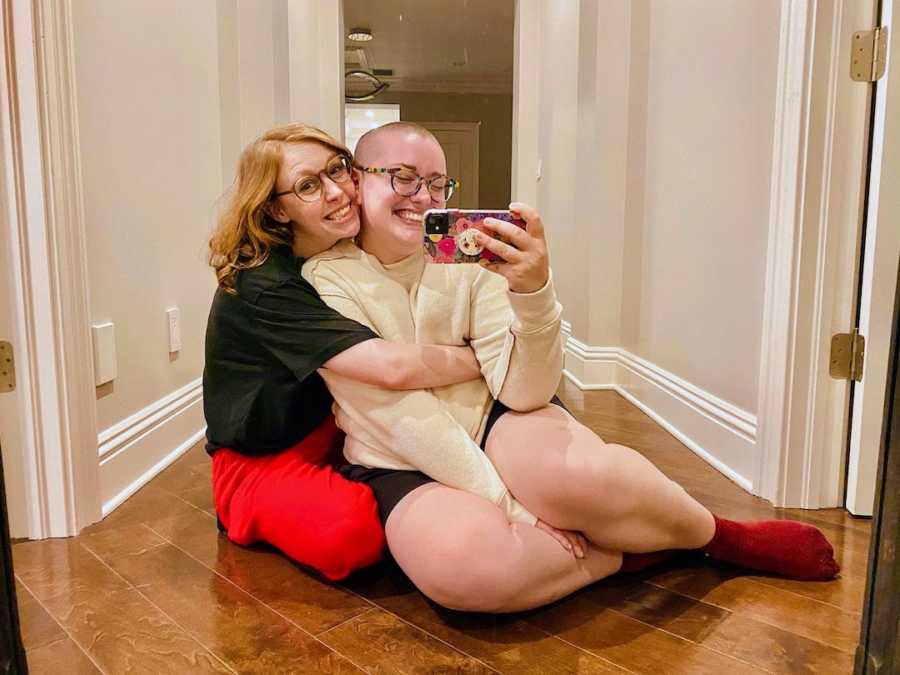
It was beyond even my most intense childhood imagination I could be so incredibly happy, comfortable, aligned, and confident in my body, mind, and soul. I never imagined I’d be everything I dreamed of. I never imagined I’d be at home in a trans body. I never imagined I could be anything but the person I grew up masking myself as. But now I’ve become me, I can fondly and humbly reflect on what a journey it’s been to get here.
It started when I was born, and the doctor glanced at what was between my legs and then spoke into existence the first sentence on my script for life—’It’s a girl!’ I was the first girl to my mom. I was the first girl cousin. The first niece, the first granddaughter. The first excuse to buy pink bows and baby dolls. And everyone was excited about this.
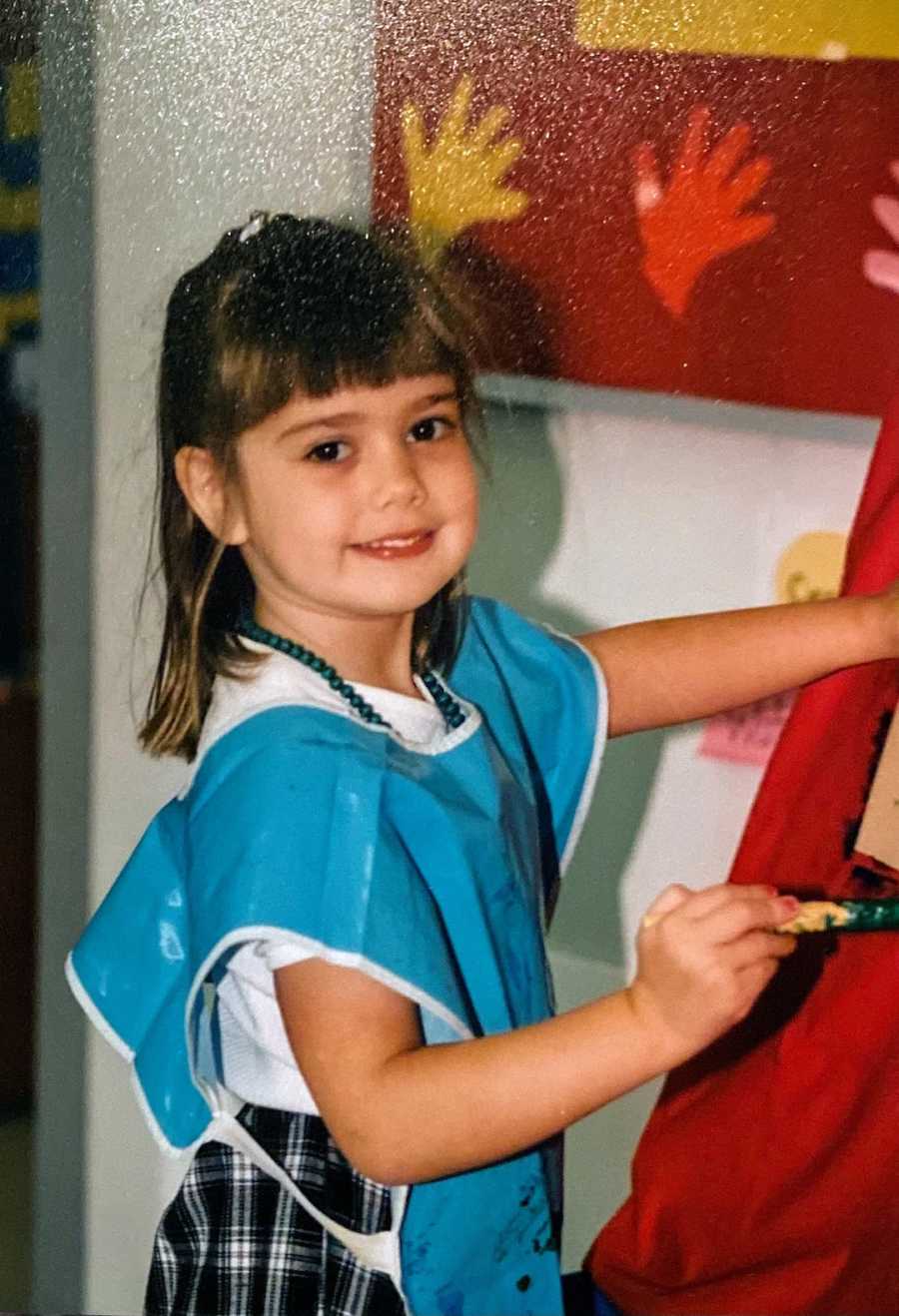
And thus, my existence started with this feeling of an exciting first. I was special because I was the first to have a vagina. The first to be expected to be feminine, soft, shy, sweet. The first baby girl to love. When I was 4 or 5, I told my mom I didn’t want to play soccer anymore because I didn’t like to be called ‘girly-girl’ by Iggy, a boy who played on another team. She told me he just thought I was cute and was being nice. Maybe even he liked me. This told me I shouldn’t be uncomfortable with being referred to as feminine. I would be well-liked if I took it as a compliment instead. So I did. ‘Girly-girl,’ I thought to myself, ‘That’s fine…’ When I was 6, I had a Junie B. Jones fill-in-the-blank journal. It had all sorts of writing prompts in it—just the kind of activity I loved to do.
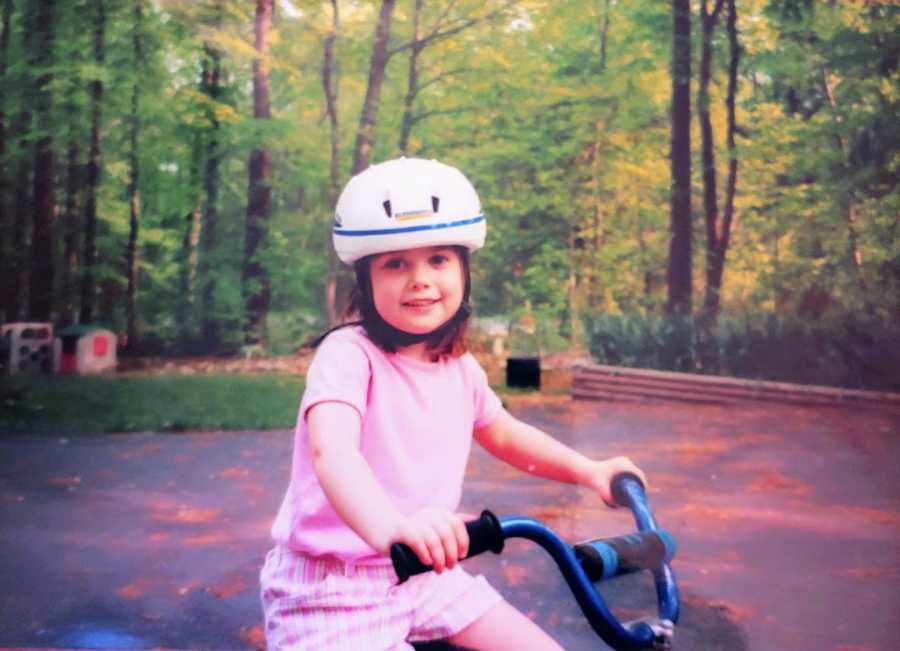
One of the prompts had me list five rules I would change in my household if I was in charge of the house. At number four, I had written, ‘Not have to shower every day,’ and at two I wrote, ‘Eat less vegetables,’—ya know, normal kid stuff. But for the number one rule I would change if I were in charge, I wrote, ‘I wish I could wear whatever I wanted to.’ I found this again when I was 24 years old, and wished I could turn back time for 6-year-old me, to help her understand what I know now.
My whole life I was a dancer. I danced 7 days a week at my local dance studio. I even got a job there as an assistant teacher as a preteen and teenager. Growing up in the dance world brought me joy, passion, and a creative community I wouldn’t trade for the world. However, I began struggling with the strict gender binary the dance world enforces.
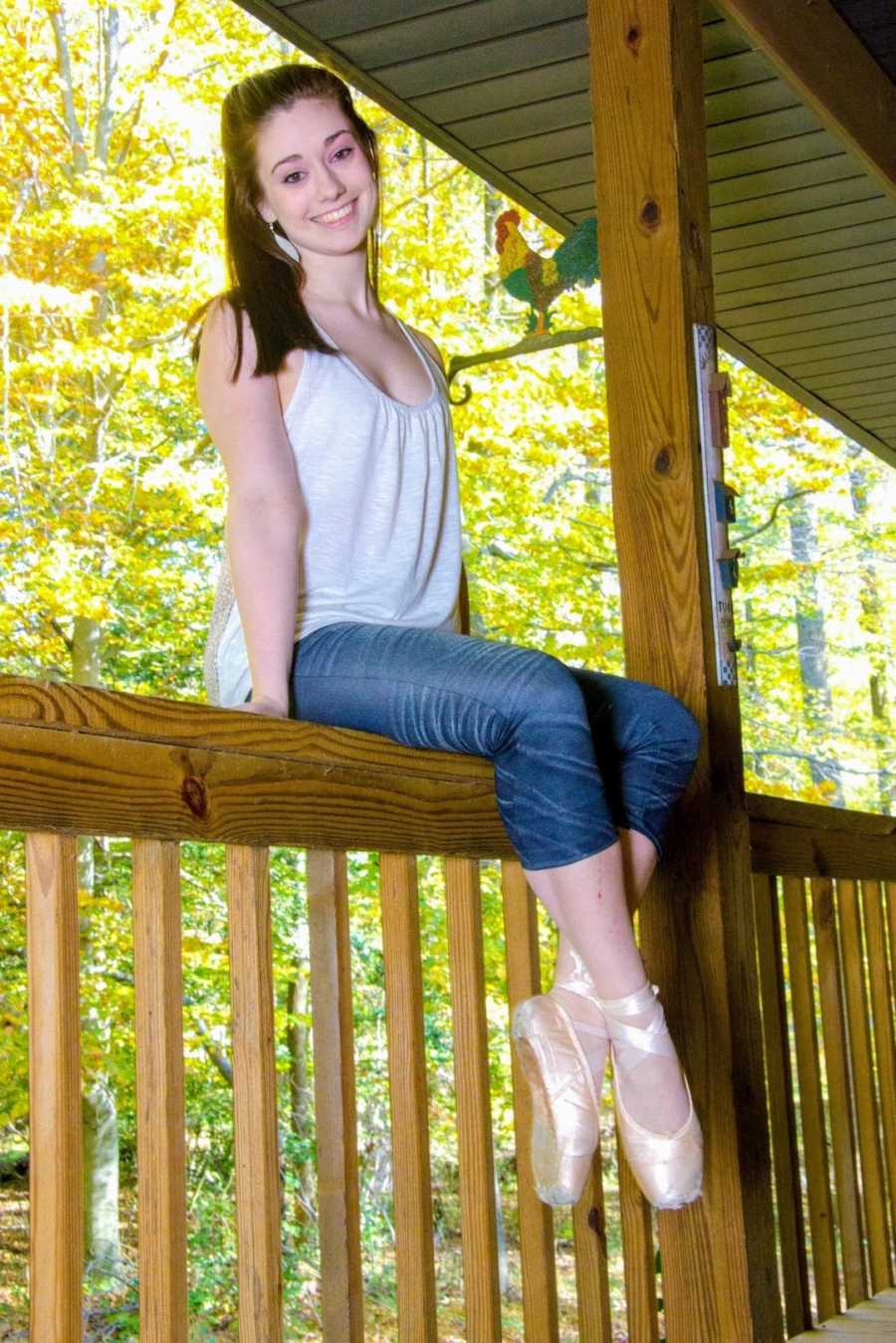
It was hard to exist as a gender-expansive individual in the dance world—so hard, in fact, it delayed my true identity from fully forming. I knew, or I thought I knew, I was ‘gay’ from an early age. It was a very easy way to describe the things I was feeling, but I knew deep down, it wasn’t all it was, and I had more to uncover. I think I consciously, subconsciously, and purposefully left some of it buried out of fear, shame, and lack of accessibility to the info and vocabulary I desperately needed to help me identify what I was feeling. My mom originally put me in dance because ‘it’s what girls do.’ When a 3-year-old goes into a dance class, they’re instantly divided by gender in many ways. Starting with the fact there are FAR more girls enrolled in dance than boys.
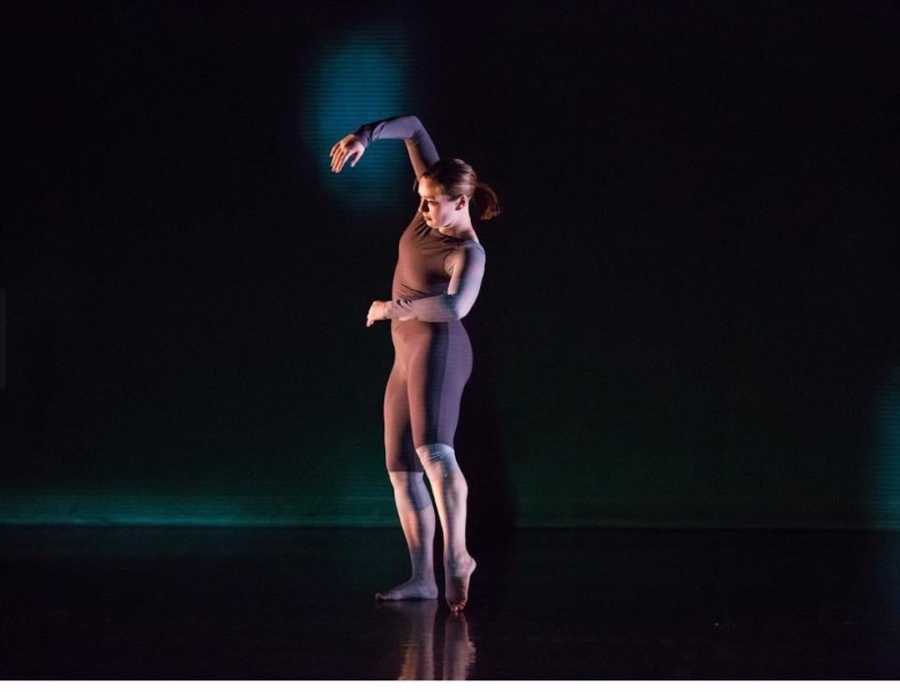
The boys who do make it to the studio for a ballet class have to wear black ballet shoes, while the girls must wear pink ones. Boys are required to wear white t-shirts and black bottoms, while girls wear black leotards and pink tights. As these children get older, girls are expected to have hair long enough to pull back into a bun. (I struggled with this, as I begged my mom to let me cut my hair higher than my shoulders, and she always answered, ‘You have to have it long enough to be in a bun!’) I pursued a dance degree in college because I was passionate about it, and I felt it was my ticket out of my town. I got into my dream school and moved off to the city of Pittsburgh! In dance classes in college, I would wait until last to go across the floor so I could go with the boys. The boys were allowed to jump higher, turn faster.
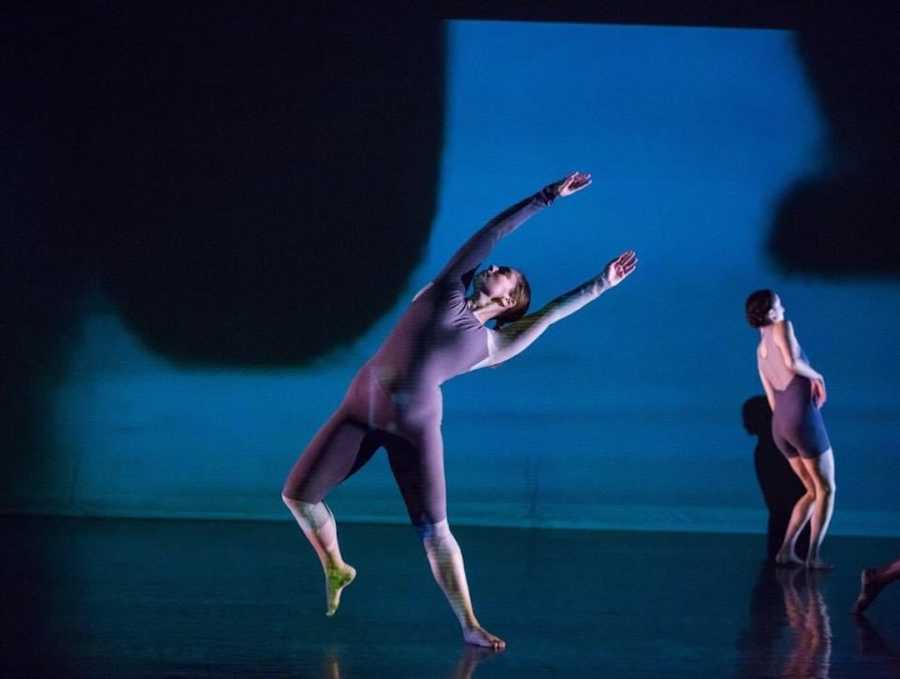
Many of my teachers over the years used terms like ‘ladies’ and ‘girls’ instead of ‘dancers’ to get our attention. I was heavily type-casted as a feminine, fragile mover. So, in order to have a successful career, I thought I had to continue to fit this mold. It was suffocating at times, so I ended up stepping away from the dance world for a little while after college, still not quite putting the pieces together about what I was feeling. While in college, I had met my current fiancée, Hannah. She brought so much happiness and fire to my life. After a series of traumatic and abusive relationships, I found her, and I knew right away she would be the person I married. At this time, I began to wonder why I had everything I had ever wanted out of life, but I was still feeling these overwhelmingly conflicting feelings inside.
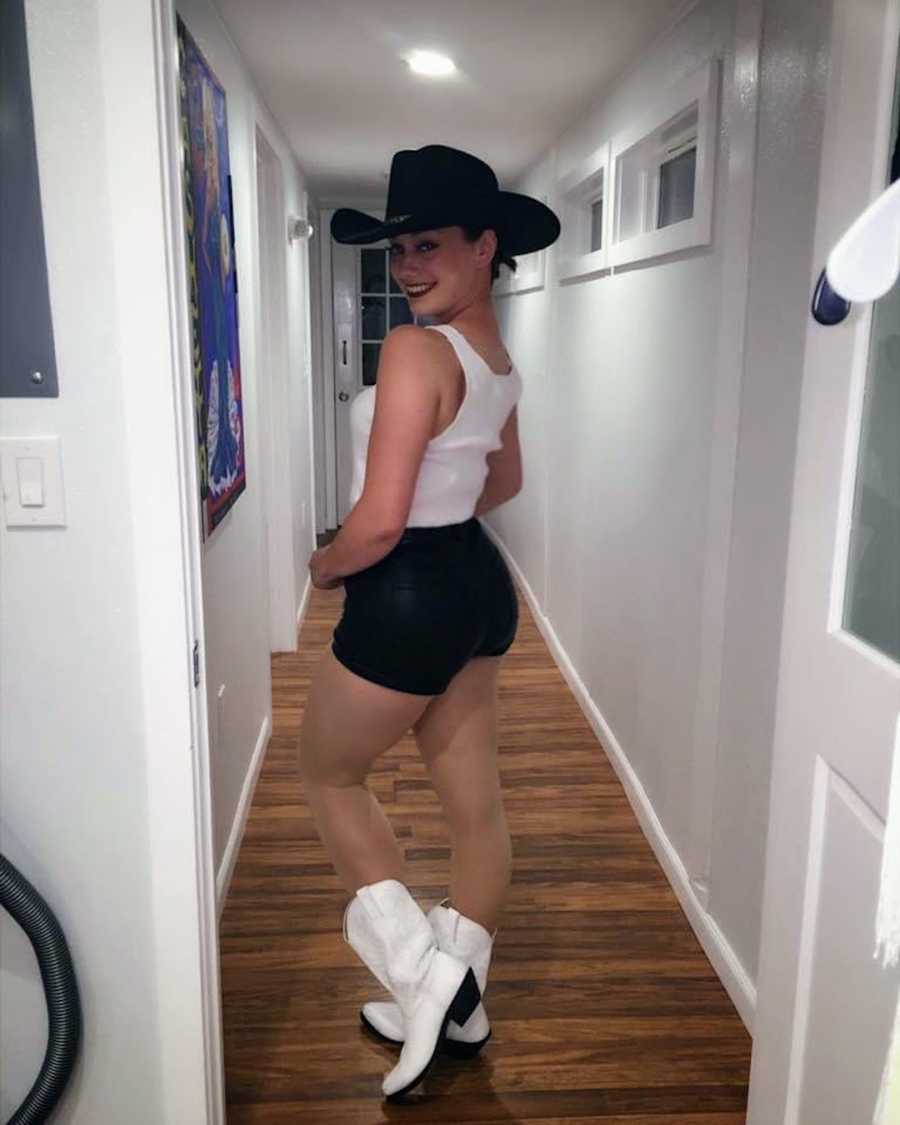
Some nights, I would cry and stare at the ceiling in our bedroom we rented right after I graduated, trying not to wake Hannah up. I knew if I did, she would ask me what was wrong and I wouldn’t know what to say. I didn’t like looking at my chest in the mirror? I hated leaving the house because I felt forced to wear a cis-woman mask every day? Despite my efforts to cry silently, often she would hear me, and she’d turn over and just hold me. We never really talked about those nights in the mornings. Once, when I was awake crying in the middle of the night, she just flat-out asked me if I was a trans man. I felt like my whole world stopped and I could hear my heart in my throat. ‘Was this it?’ I thought. ‘Was this what I’ve been holding back?’… and then I sobbed. Because I realized it wasn’t. I wasn’t a trans man. I almost wished I was because I felt like that would be easier.
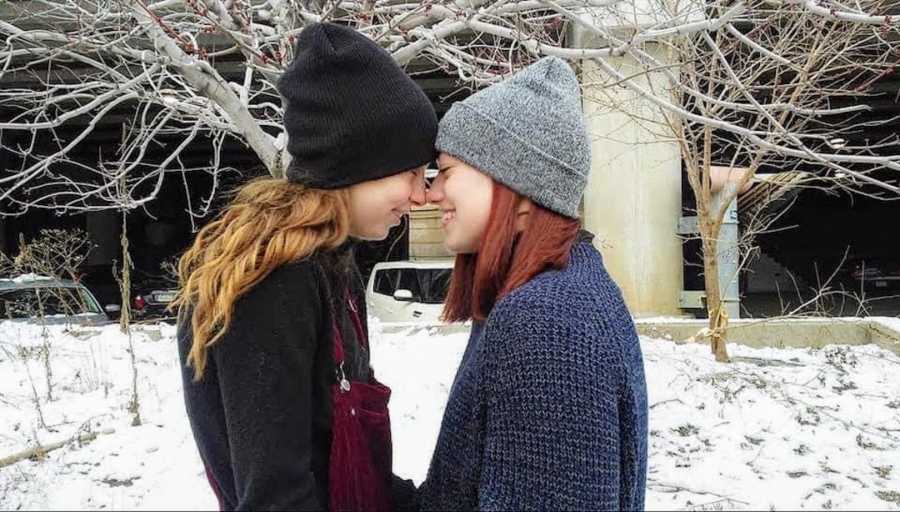
In a black and white world of boys and girls, men and women, I LONGED to belong. I wanted to be able to fix my problem by just aligning with being a man so I could transition to be seen as what I was. I realized in this moment I didn’t want to be a trans man. And I didn’t want to be a woman. And I didn’t want to live in a black and white world. I didn’t even want to live in a gray one. I wanted a world that reflected me. I wanted a rainbow world. With limitless colors and saturation. A huge spectrum of shades and hues. I wanted to be free of the binary script my mom’s doctor began writing and then dumped on me without my consent 22 years prior in that delivery room, when he said, ‘It’s a girl!’ So I turned to the internet community to find answers to some of my lingering questions about my identity. What I found opened my mind to an entirely new world.
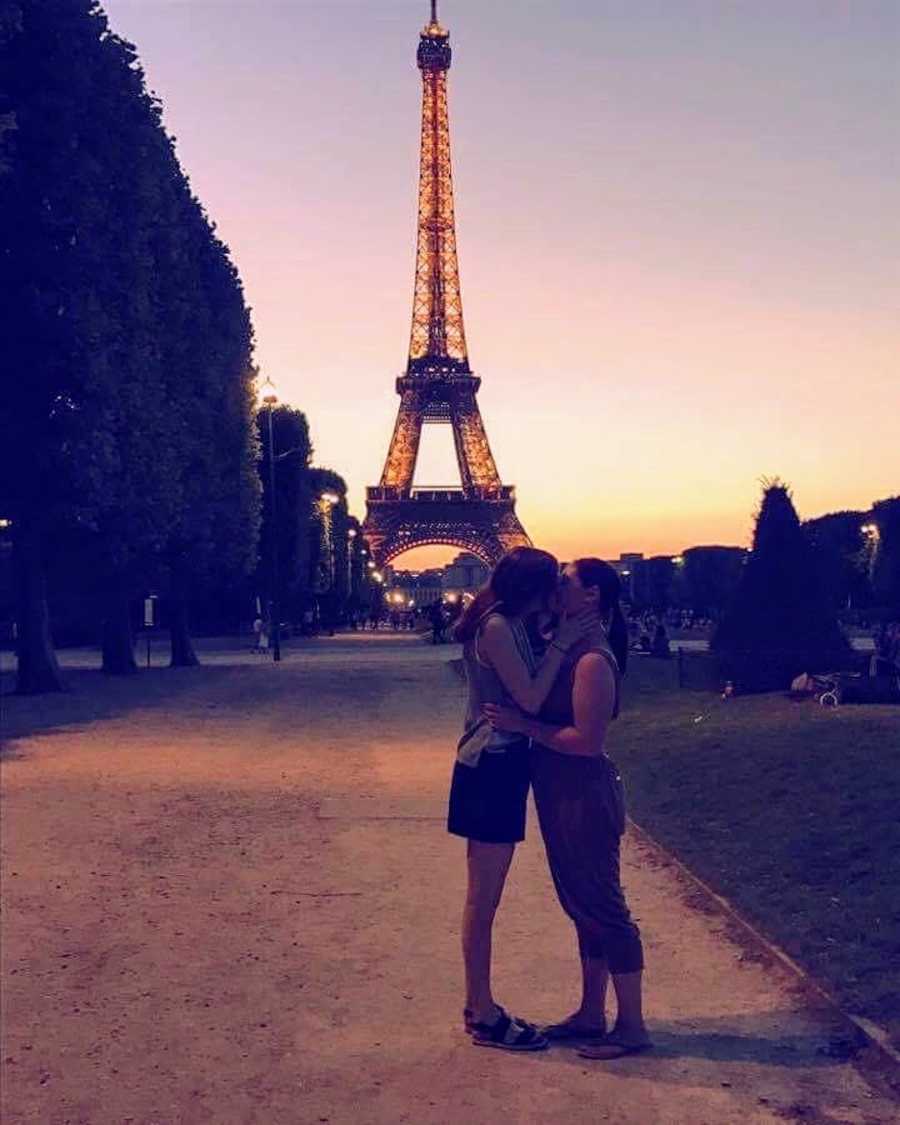
The rainbow world I had dreamed of? It was the non-binary community. The vocabulary I learned and the community I developed over the next few years online explained everything in my life up to that point. Everything CLICKED. I decided I needed new clothing. I decided to shave my head. (Liberating, since I could never cut it as a dancer.) I came out as non-binary on social media. This lead to some education, because it turns out I wasn’t the only one who grew up not hearing this word or knowing what it meant. I began using they/them, as well as she/her pronouns, interchangeably. I had real, tough, raw discussions with my family about my identity. It took time and education, but they pleasantly surprised me in the end. They are my biggest cheerleaders now.
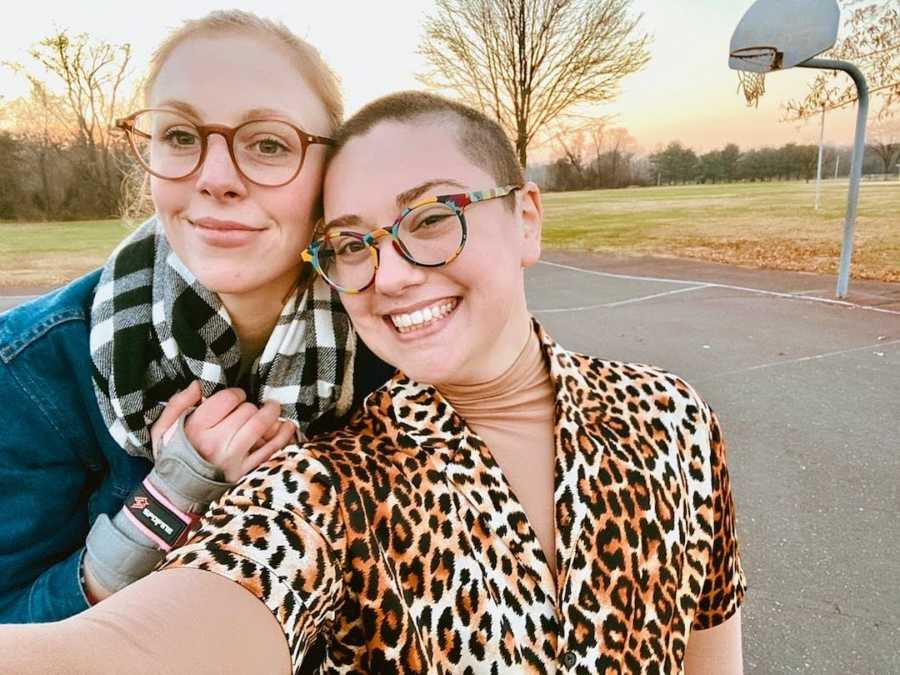
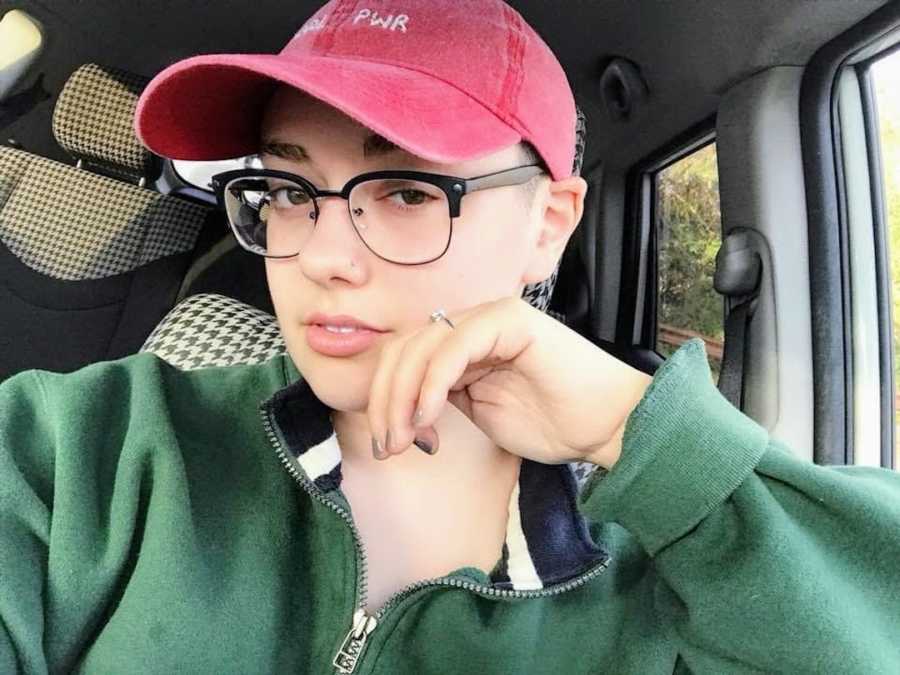
My dad, a former Republican House of Representatives state delegate, helped me publish my children’s book on inclusion and diversity and encouraged me to put my pronouns in the ‘about the author’ section of the book. He helped me get it on Amazon, Barnes and Noble, and Google Play. My mom practices and uses they/them pronouns on her plants when she waters them. She told me it’s good practice for her so she can use them more naturally. I decided I wanted non-binary top surgery to feel affirmed in my body. A procedure that would remove my breasts and nipples and give me the true blank slate of gender neutrality on my body I always longed for. I went to therapy and got a letter of recommendation for the surgery, was diagnosed with dysphoria, got my insurance to cover my surgery, booked a consult, attended the consult, and then booked my date of surgery. I felt as though I was carving my own path to gender euphoria.
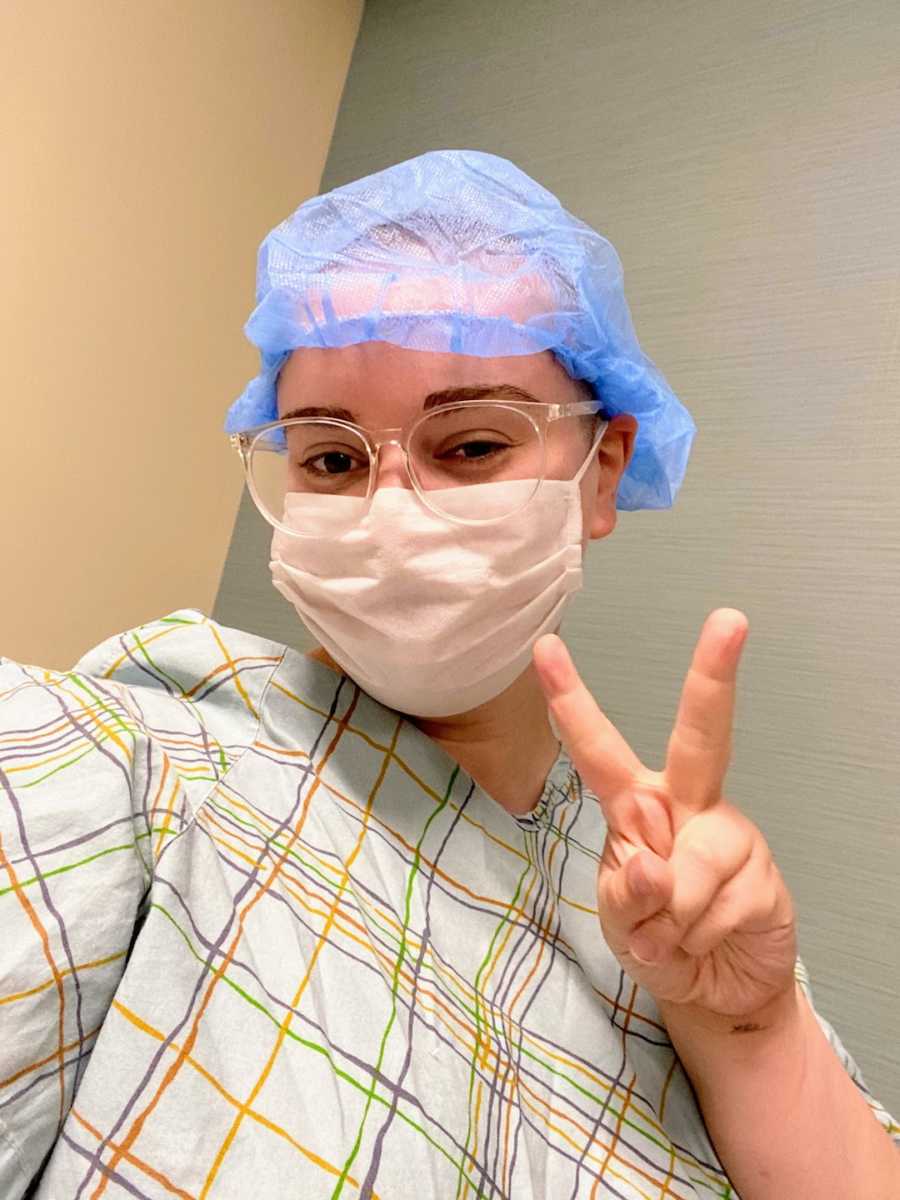
While I had so many friends and folks online I knew getting gender-affirming healthcare and surgeries, I didn’t feel I had seen any representation online of someone like ME getting surgery. A neurodivergent, non-binary, femme, plus-sized, nippleless queer. So I made a bold leap to record and document every step of my top surgery journey so I could be that representation for someone else, who could watch my YouTube videos and Instagram stories/posts before their top surgery and feel validated in their decisions. In my first video I posted to YouTube, I said I hoped it would reach even just one person. Through sharing my recovery, I was shocked and overwhelmed by the volume of online support and love I received from people from all stages of my life—and so many strangers, too—who were thanking me for sharing who I was.
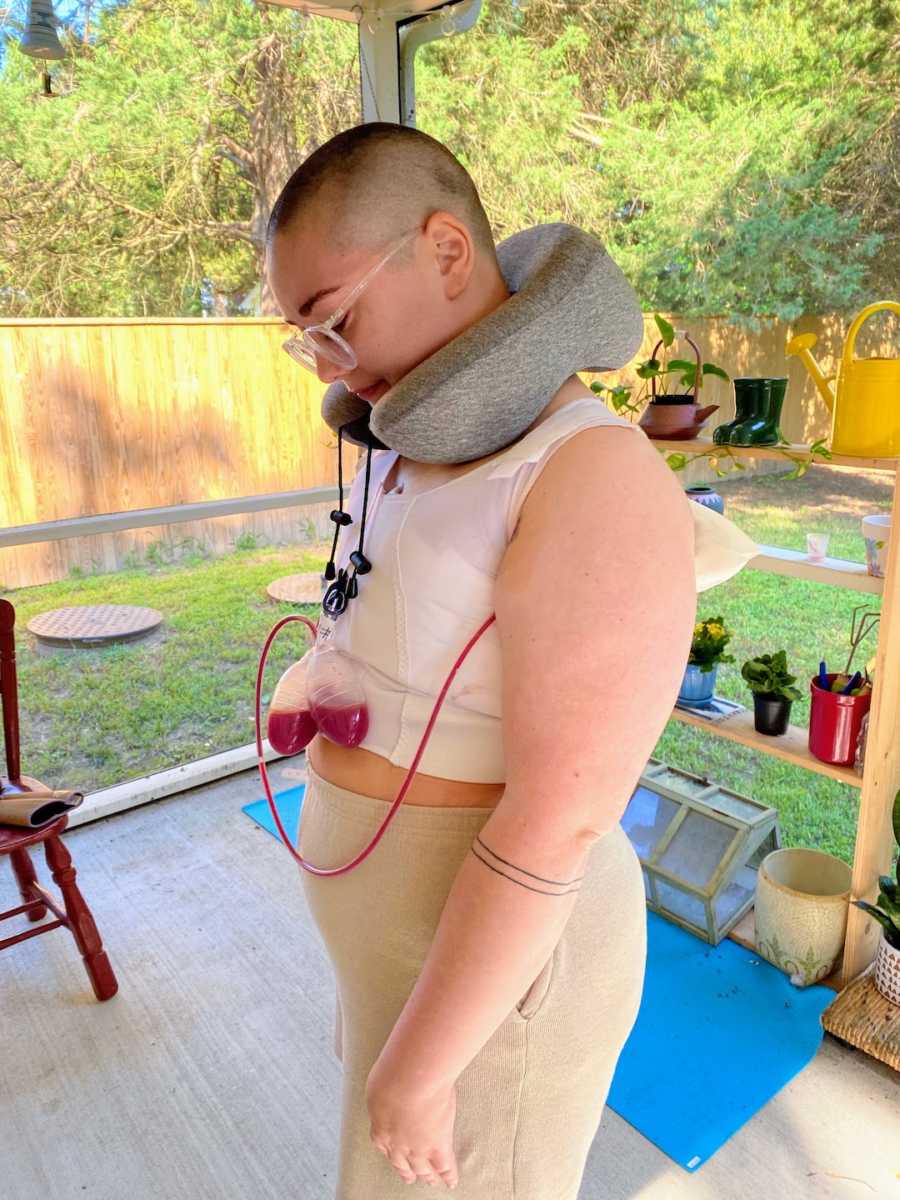
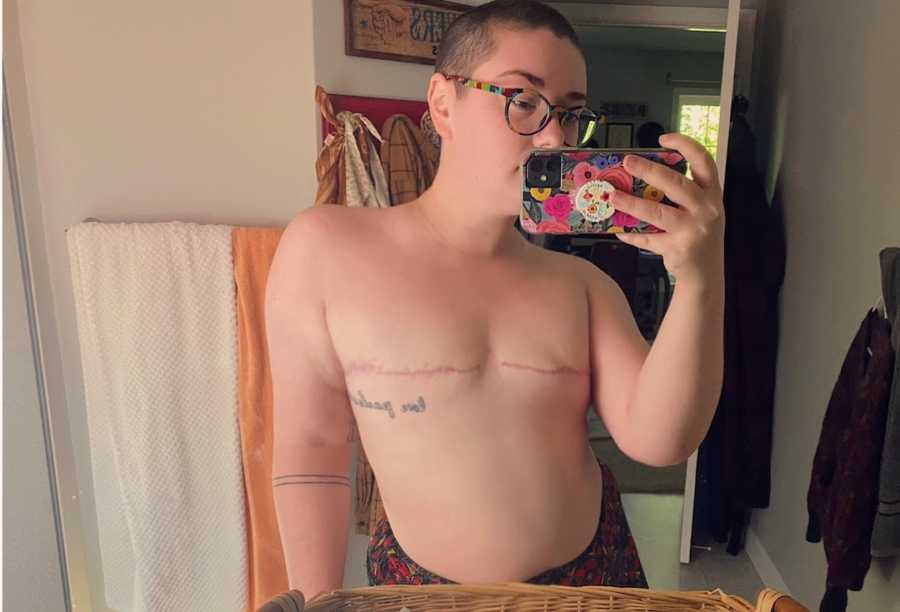
I realized, for the first time, being vulnerably and authentically me was really helping other folks open up their minds and hearts, as well as answering questions and offering a sense of validity to many queer folks out there who were just like me—feeling alone before we shared our experiences with one another. I was scared of sharing my surgery and true self with the world at first. I was scared of not being trans ENOUGH in certain spaces or being TOO trans in others. I was scared I wouldn’t like my results, or I was doing something wrong to my body by taking away the feminine parts I was gifted at birth (because society tells us our femininity is held sacredly in our bodies and their appearances). I was scared of the post-op depression I had heard so much about. The euphoria, and then the crash.
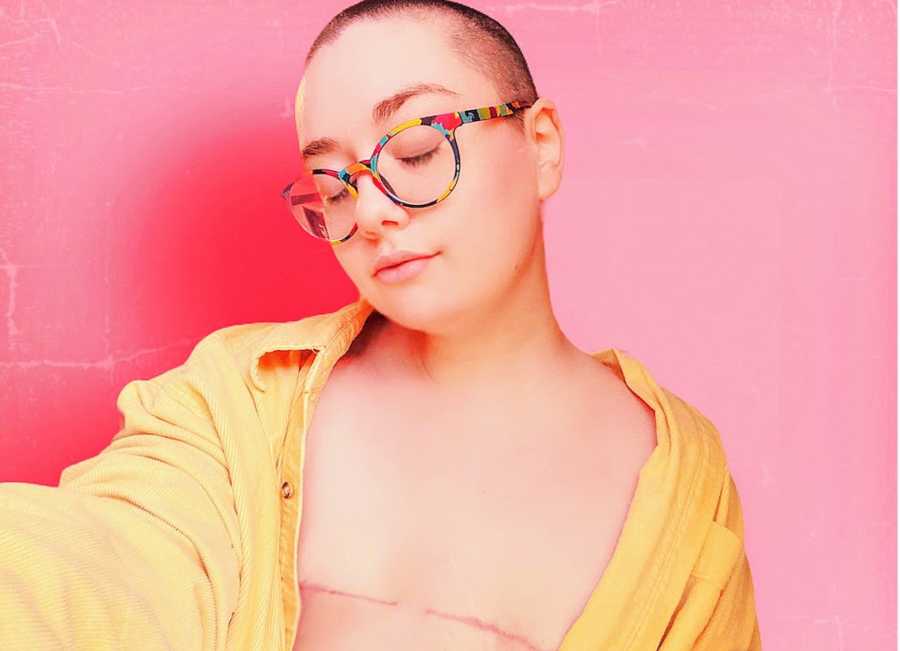
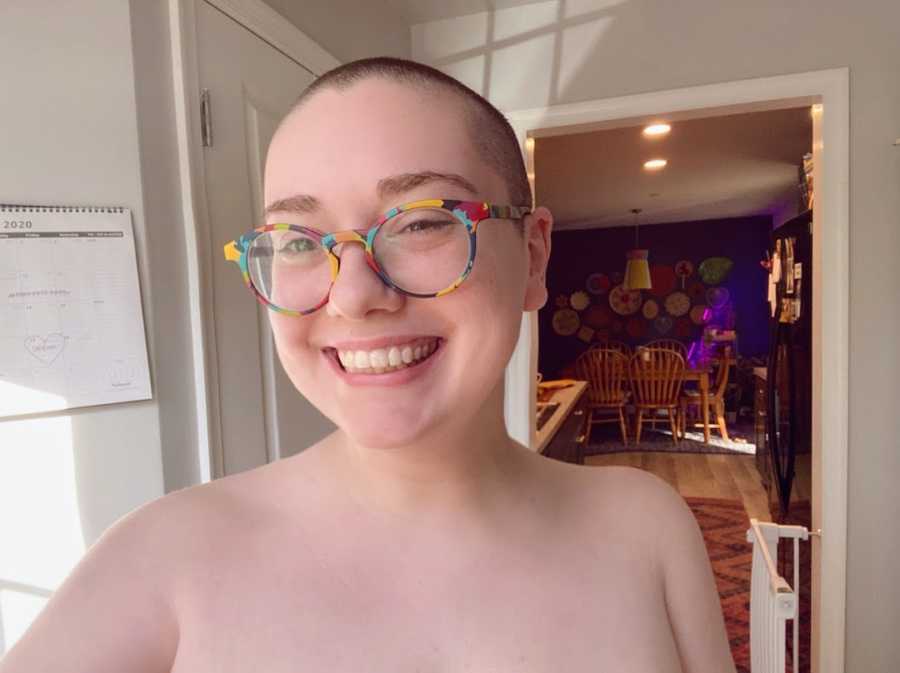
The thing is though, I never had post-op depression. What I got was a cure for my pre-op depression and dysphoria. I was finally at home in my body after surgery. I feel MORE comfortable now expressing my femininity and my truest expressions. Why? Because I’m no longer perceived as a woman being girly for doing so. Or a ‘girly-girl,’ as Iggy from my childhood soccer league would say. Since receiving the best gift of my neutral vessel, I can now just be a human being exuding femininity. Which is exactly what I am. So then, my life began. Just like that. I began to re-find joy. In little things, like euphoric swimming for the first time, wedding planning with my fiancée, wearing a white t-shirt, learning how to pirouette with my new center of gravity—even teaching at a new dance studio and openly working with children as my fully-realized, trans, non-binary self.
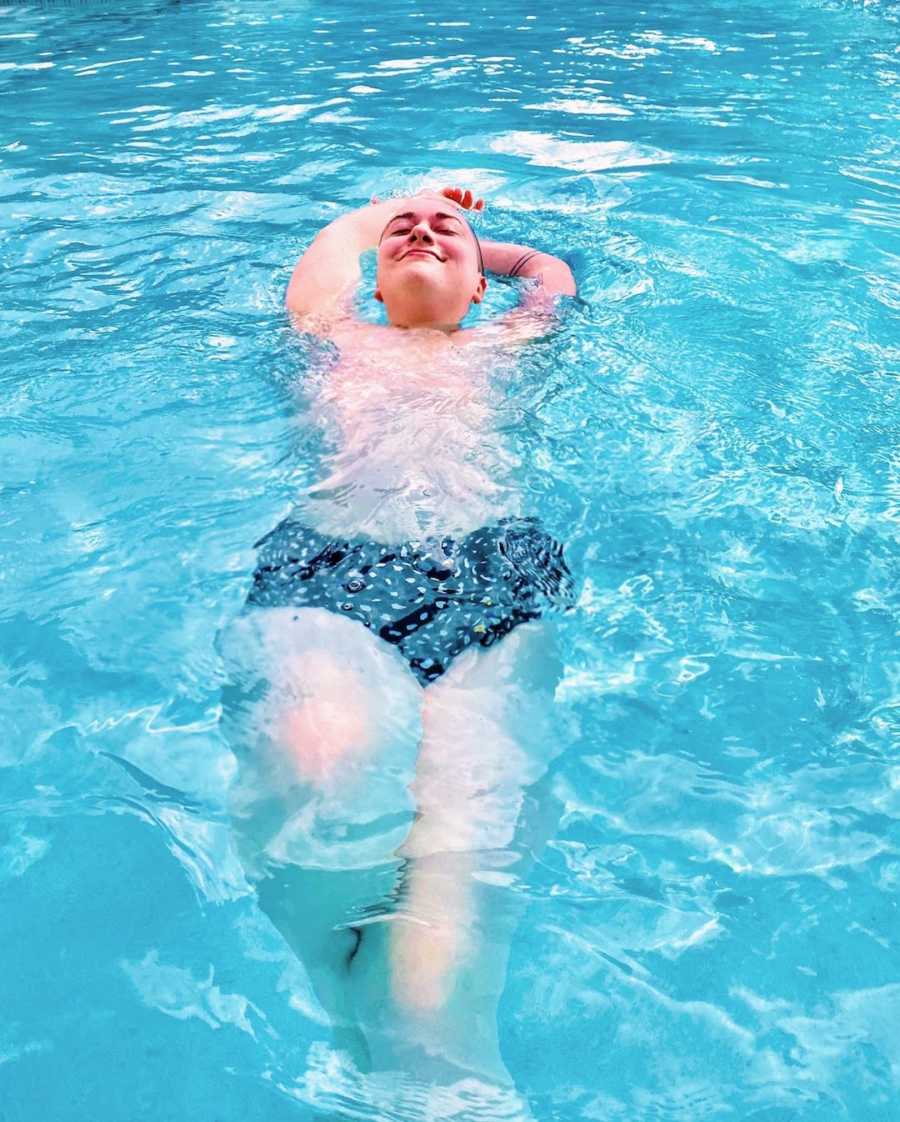
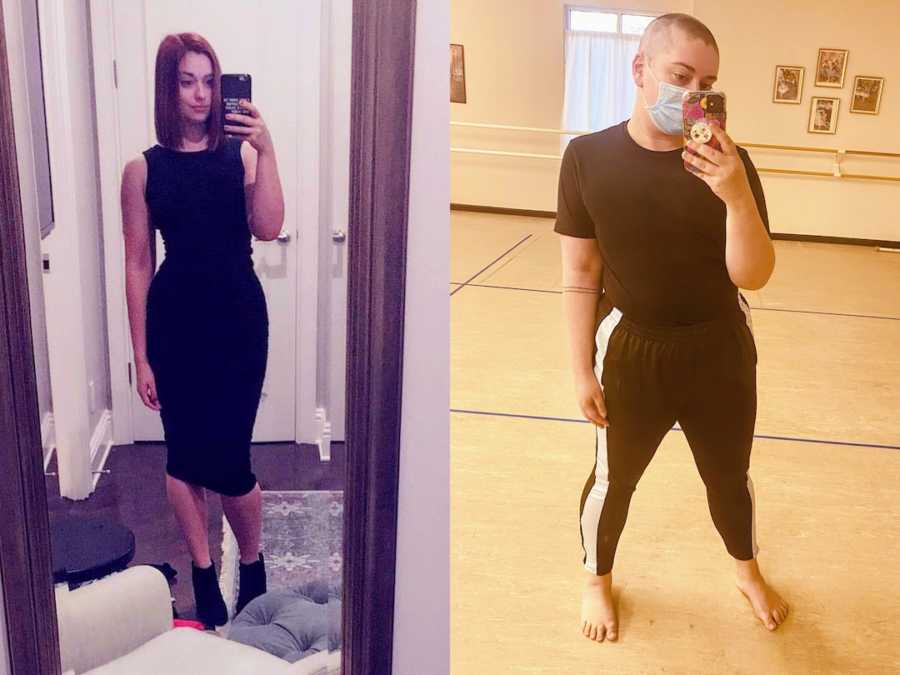
I make my classroom a safe place for all dancers in the way I needed when I was young. Dance is for all bodies and genders. I also make the world my classroom. I continually learn from other members of the queer community about day to day experiences and struggles we face and endure. I reflect and in turn, teach and model allyship and tolerance every day in my own online spaces. I have a few life mottos that get me through these days and make me feel purposeful in this world: 1) Educate, don’t hate. 2) Kill ’em with kindness. 3) Take advice from my 6-year-old self and wear whatever I want to. 4) Be a traditionalist’s worst nightmare. How else will we ever progress if nobody is carving new paths?”

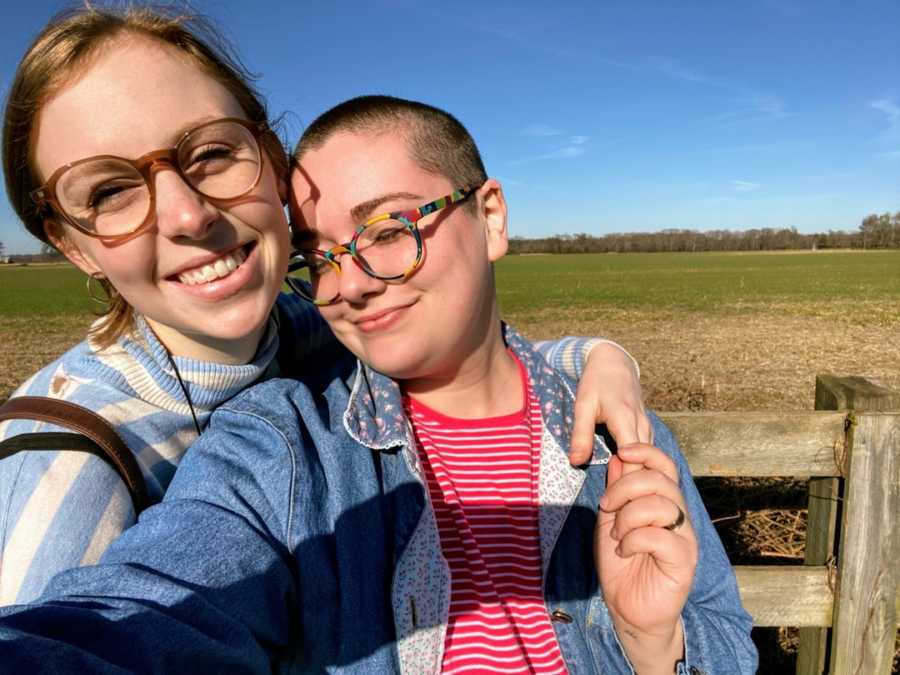
This story was submitted to Love What Matters by Sarah Kate (SK) Smigiel (she/her, they/them) from Chestertown, Maryland. You can follow their journey on Instagram and YouTube. Purchase their children’s book, ‘They Love, We Love,’ here. Be sure to subscribe to our free email newsletter for our best stories, and YouTube for our best videos.
Read more stories like this:
Do you know someone who could benefit from this story? SHARE this story on Facebook to let others know a community of support is available.

